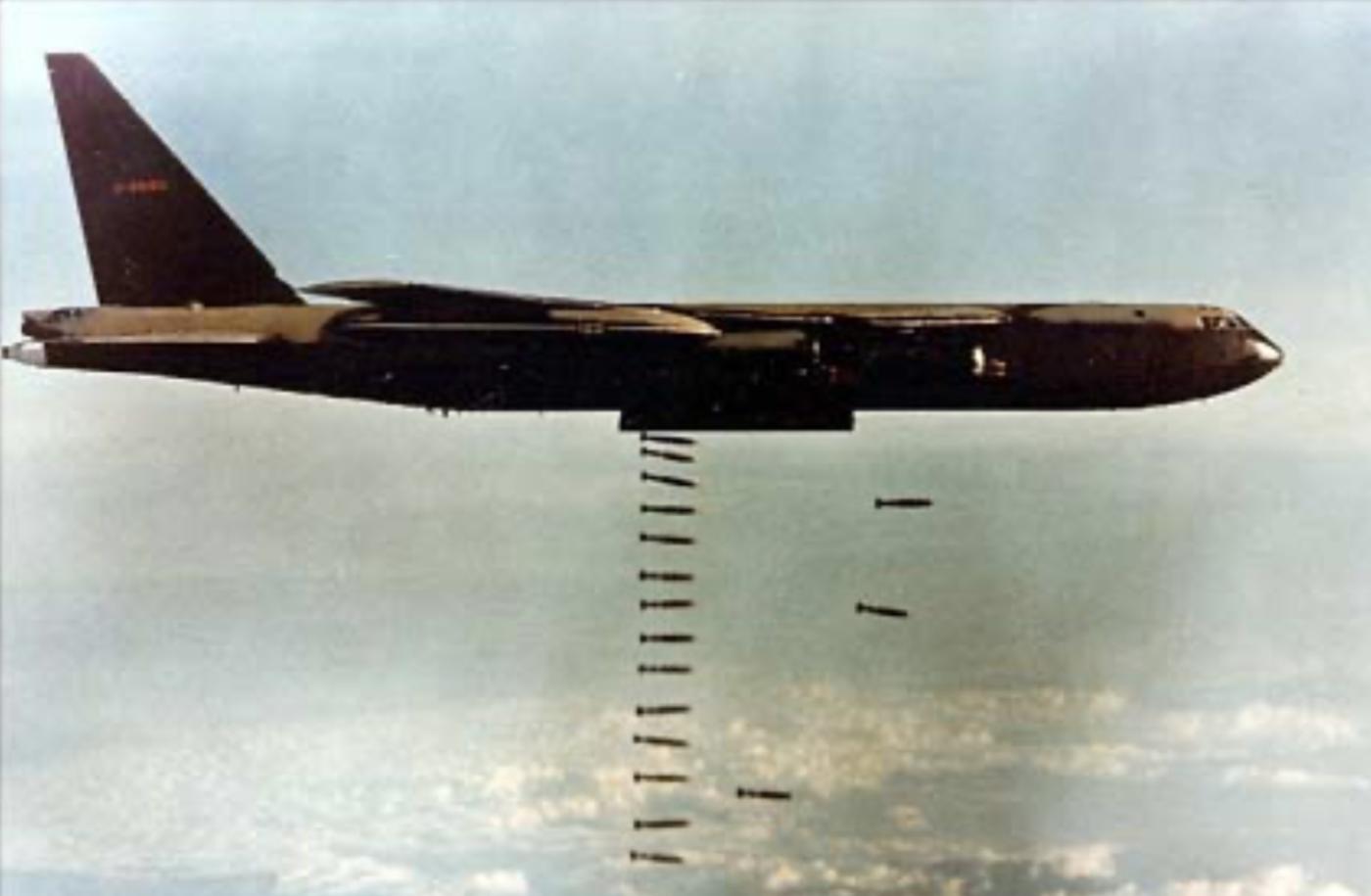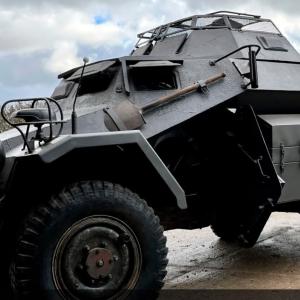
Operation Rolling Thunder
Operation Rolling Thunder was the codename for the sustained bombing campaign carried out by the United States against North Vietnam during the Vietnam War. It began on March 2, 1965, and marked a major escalation of American involvement in the conflict. The campaign was intended to weaken North Vietnam’s ability to support the Viet Cong insurgency in the South, to destroy its industrial base, and to compel its leaders to negotiate for peace on terms favorable to the United States and the South Vietnamese government. However, what began as a limited military effort soon became one of the most intense aerial bombardments in history, stretching over three years and fundamentally shaping the course of the war.
President Lyndon B. Johnson authorized the operation following several attacks on American bases in South Vietnam, including the Viet Cong assault on the U.S. air base at Pleiku in February 1965. Johnson and his advisers believed that applying steady military pressure through air power could deter North Vietnam and signal American resolve without committing vast ground forces. Yet Johnson was also cautious; he wanted to avoid provoking China or the Soviet Union into direct intervention, as had occurred in Korea. Thus, Rolling Thunder was designed as a gradual campaign, tightly controlled from Washington, with the President and his civilian advisers approving specific targets.
The bombing focused on key logistical routes, bridges, supply depots, and industrial centers, especially around Hanoi and Haiphong. Over time, the campaign expanded, though restrictions often frustrated U.S. military commanders who argued for more aggressive tactics. Despite these limitations, the scale of the bombing was immense. Between 1965 and 1968, the United States dropped more than 864,000 tons of bombs on North Vietnam—nearly the total tonnage dropped by Allied forces in the entire Pacific Theater during World War II. The aircraft involved ranged from high-altitude B-52 Stratofortresses, which delivered heavy payloads over broad areas, to tactical fighters such as the F-105 Thunderchief and F-4 Phantom, which targeted specific military and industrial installations. Navy aircraft from carriers in the Gulf of Tonkin also played a major role, flying thousands of sorties against northern targets.
The results on the ground were devastating. Entire towns and villages were obliterated, transportation networks were shattered, and agricultural production was severely disrupted. North Vietnam’s civilian population bore the brunt of the campaign, with tens of thousands killed and many more injured or displaced. Yet the resilience of the North Vietnamese government and people, supported by the Soviet Union and China, meant that the bombing failed to achieve its strategic aims. Supplies continued to flow south through the Ho Chi Minh Trail, much of which ran through neighboring Laos and Cambodia, beyond the reach of official U.S. attacks. The North quickly adapted, dispersing its industry, constructing elaborate air defenses, and repairing damaged infrastructure with remarkable speed.
President Johnson announced an end to Operation Rolling Thunder on November 1, 1968. His decision came after years of mounting domestic opposition to the war and growing doubts about the bombing’s effectiveness. The campaign had not broken North Vietnam’s will, nor had it secured a decisive military advantage for the United States. At home, the antiwar movement was gaining strength, fueled by the visible toll of the conflict and the lack of tangible progress. Politically, Johnson faced a divided nation and declining public trust in his leadership. He had already announced in March 1968 that he would not seek reelection, a reflection of how deeply the war had eroded his presidency. Ending the bombing was partly an attempt to open the door to peace talks and to demonstrate a willingness to de-escalate in the hope of securing a negotiated settlement.
By the time it ended, Operation Rolling Thunder had become a symbol of both the power and the limits of American military might. The vast tonnage of explosives, the technological sophistication of the aircraft, and the scale of destruction had failed to bring victory. Instead, the campaign deepened North Vietnamese resolve, hardened global criticism of U.S. policy, and contributed to the growing disillusionment within America itself. It stands as one of the most controversial episodes of the Vietnam War, illustrating how military escalation driven by political caution and strategic misjudgment can produce immense human suffering without achieving its intended goals.










